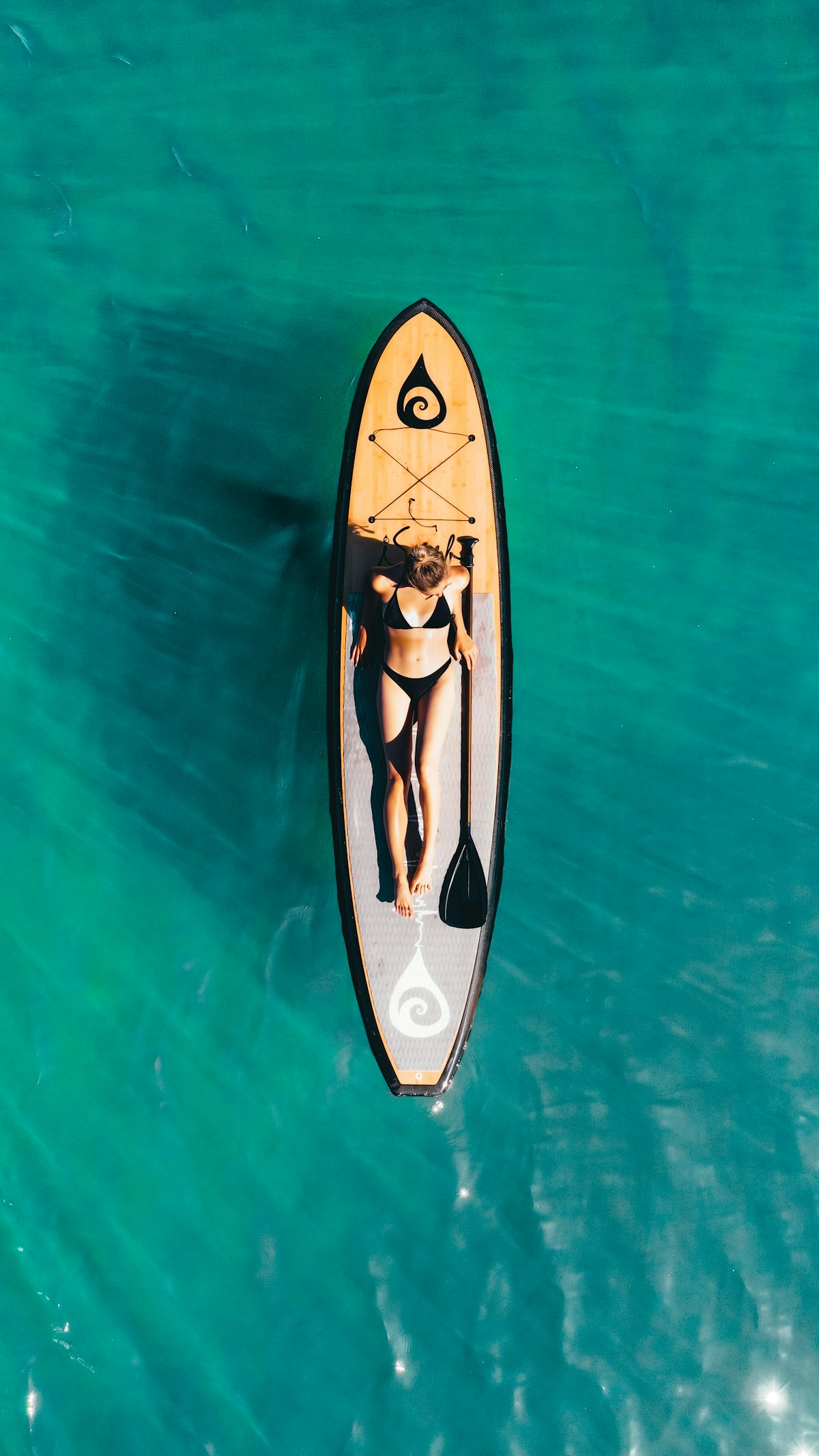
Paddle boarding is an increasingly popular water sport that not only offers a fun way to enjoy the outdoors but also provides a substantial workout. However, many enthusiasts find themselves asking, ‘Why do my feet hurt when I paddle board?’ There are several reasons why you might experience foot pain during or after paddle boarding, ranging from the design of the board, your body mechanics, to the duration of your activity. Understanding these reasons can help you mitigate discomfort and enhance your paddle boarding experience.
**Board Stiffness and Surface**
One primary cause of foot pain is the stiffness and surface texture of the paddle board. Most paddle boards are designed with a hard, rigid surface which can cause discomfort, especially during long sessions. Standing on a hard surface without adequate cushioning or support can lead to foot fatigue and discomfort. This is similar to the pain you might feel after standing on a concrete floor for an extended period.
**Foot Position and Stance**
Proper foot positioning is crucial in paddle boarding. Incorrect stance not only affects your balance but can also strain certain parts of your feet. For instance, if you stand with your feet too far apart or too close, or if your toes are constantly gripping the board for stability, you might experience cramping or soreness. Adjusting your stance so that your feet are hip-width apart with toes pointing slightly outward can help distribute your weight more evenly and reduce strain.
**Muscle Fatigue and Overuse**
Paddle boarding involves continuous use of foot muscles to maintain balance and maneuver the board. This repetitive use can lead to muscle fatigue, particularly if these muscles are not accustomed to such activity. Over time, this fatigue can turn into pain if proper precautions are not taken. It’s essential to gradually increase the duration and intensity of your paddle boarding sessions to allow your muscles to adapt.
**Lack of Arch Support**
Many paddle boarders prefer to be barefoot for a better feel of the board and improved balance control. However, this can pose a problem for individuals with specific foot conditions like flat feet or high arches. Without proper arch support, prolonged standing on the paddle board can lead to overpronation (excessive inward foot rolling) or supination (outward rolling), resulting in pain and discomfort.
**Environmental Factors**
The environment in which you paddle board can also play a role in foot pain. Paddling in cold water can lead to numbness and stiffening of the feet, making them more susceptible to pain. Additionally, standing on a wet board can cause your feet to slip slightly, leading to micro-movements that strain your feet and leg muscles.
**Preventative Measures and Solutions**
To address foot pain while paddle boarding, consider the following solutions:
1. **Use a Paddle Board with Adequate Cushioning:** Some boards come with built-in padding or have a soft top surface. If yours does not, consider adding a stand-up paddle board deck pad for additional comfort and grip.
2. **Wear Water Shoes:** Water shoes can provide the necessary arch support and cushioning to protect your feet. They can also help in maintaining warmth in colder waters.
3. **Adjust Your Stance:** Experiment with different foot positions to find a stance that minimizes discomfort. Make sure to shift your weight and move your feet occasionally to reduce fatigue.
4. **Strengthen Your Feet and Legs:** Engage in exercises that strengthen the muscles of your feet and legs. This can help in reducing fatigue during paddle boarding.
5. **Take Breaks:** Don’t overdo it. Take short breaks during long paddle boarding sessions to allow your feet to rest and recover.
Understanding the causes of foot pain during paddle boarding and implementing these solutions can significantly improve your experience. Remember, each individual’s body reacts differently, so it might take some time to find what works best for you. With the right preparation and adjustments, you can enjoy many pain-free hours on the water.
Recommended SUP Gear
GYMMALL Inflatable Paddle Board
Complete SUP package for all skill levels.
FunWater Inflatable SUP
Ultra-light board with all accessories included.
As an Amazon Associate, we earn from qualifying purchases.
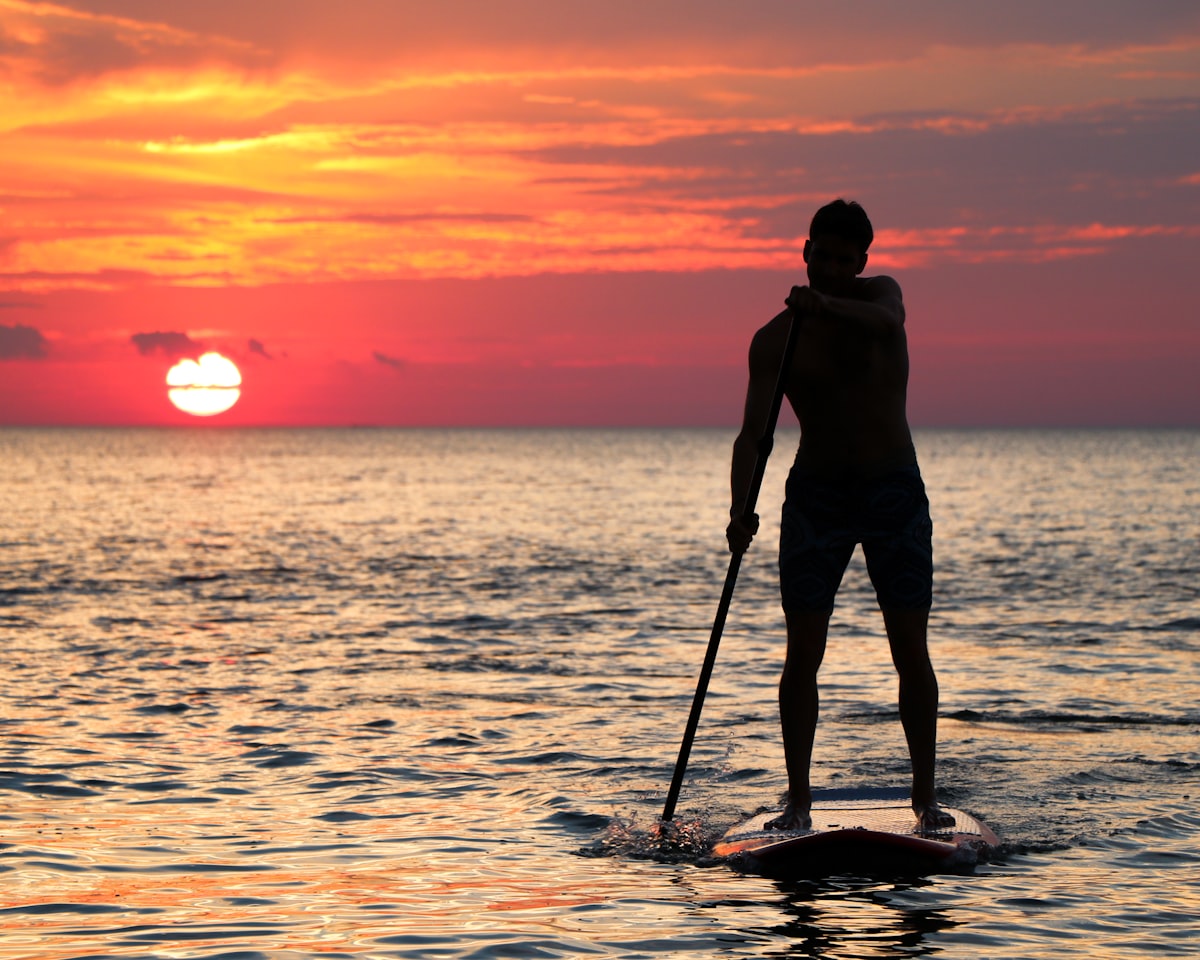
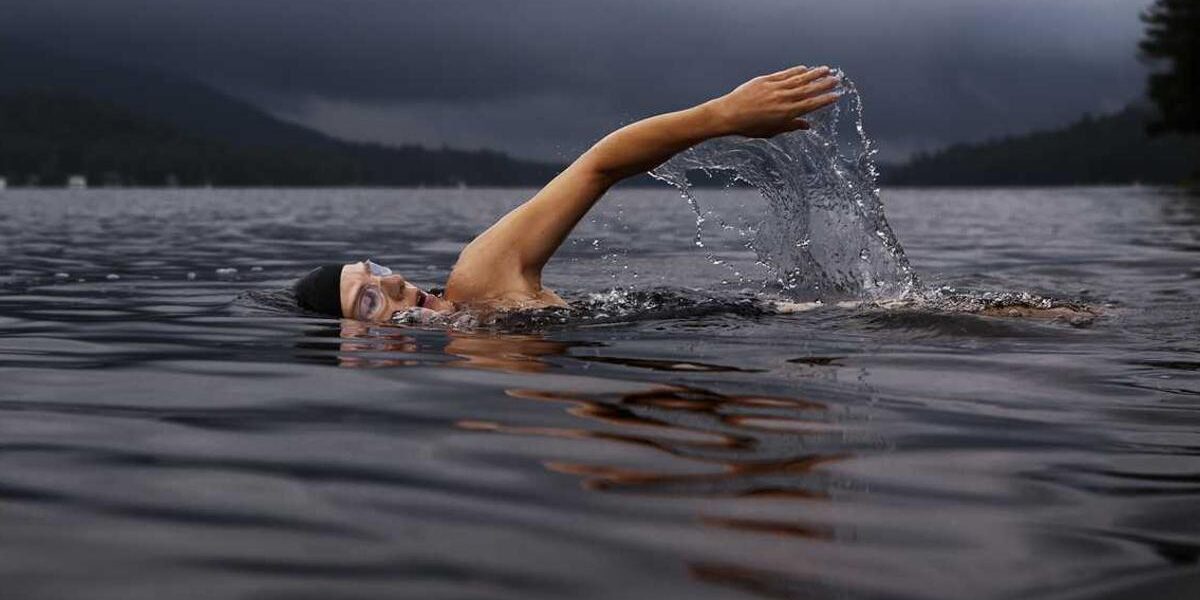
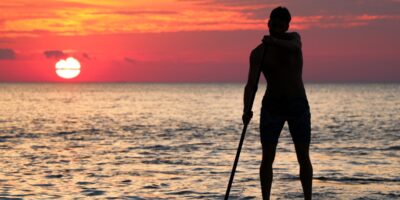
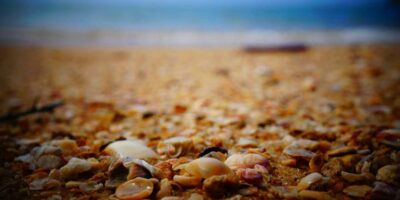

Leave a Reply